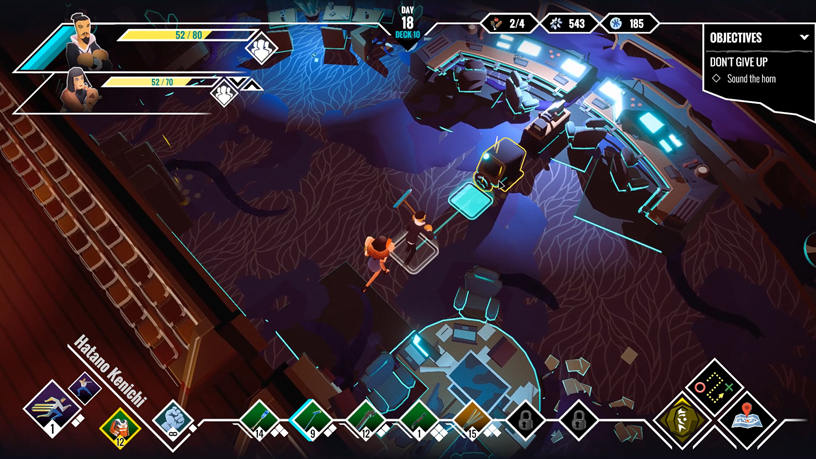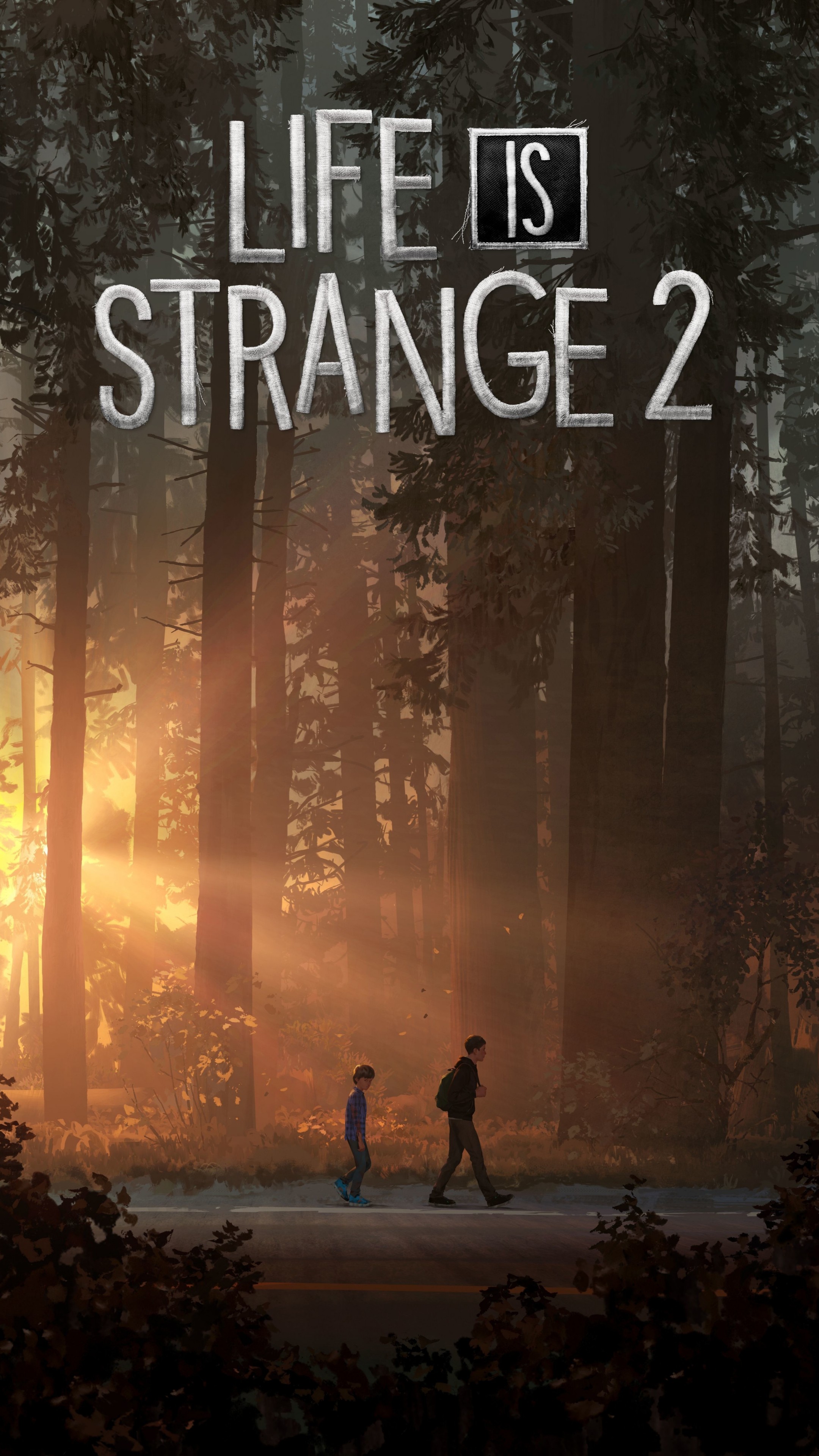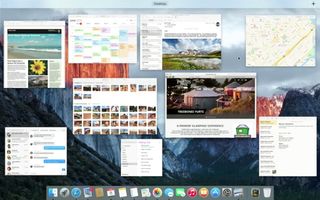I've spent the whole morning trying to get my windows 10 laptop to acknowledge the existence of my Mac while they are on the same network. The mac can see the PC and connect to it, but from the PC side the mac is invisible. Notes: I have a windows 10 laptop connected to the same network as my office Mac. Update to the latest version of macOS. Choose Apple menu About This Mac Software Update. If you’re using macOS Mojave or earlier, choose Apple menu App Store. See if there’s an update available. The Apple TV app movie playback test measures battery life by playing back 1080p HD content with display brightness set to 12 clicks from the bottom or 75%. The standby test measures battery life by allowing a system, connected to a wireless network and signed in to an iCloud account, to enter standby mode with Safari and Mail applications. Valid only on qualifying purchases in the U.S. For new Apple Card customers who open an account and use it between 3/1/2021 and 3/31/2021 at Apple Store locations, apple.com, the Apple Store app, or by calling 1-800-MY-APPLE. Accounts opened prior to 3/1/2021 or after 3/31/2021 do not qualify. 6% is the total amount of Daily Cash that can be.
I've spent the whole morning trying to get my windows 10 laptop to acknowledge the existence of my Mac while they are on the same network. The mac can see the PC and connect to it, but from the PC side the mac is invisible.

In macOS Catalina, your previous iTunes media library is now available in the Apple Music app, Apple TV app, Apple Podcasts app, and Apple Books app. And when you back up your Mac, your media library is automatically included in that backup.
Notes:
- I have a windows 10 laptop connected to the same network as my office Mac.
- I have file sharing enabled on both devices and am able to see & connect to the laptop's shared folders/files from the mac without any trouble.
- I can see the mac and access folders on other macs in the network
- My windows laptop is able to see other devices on the network, but not my mac.
iMac, macOS High Sierra (10.13.2)
Posted on Jan 26, 2018 7:22 AM
Here are some things to know
Your iTunes library, a database that's made up of all of the music and other media that you add to iTunes for Windows, is organized into two iTunes library files and an iTunes Media folder.
Before you back up your media:
- Consolidate your iTunes library.
- Redownload any previous purchases, like music, movies, TV shows, and more. The only way to back up your purchased media is to download your purchases to your computer.
Apple Os For Pc
iTunes and Store availability and features might vary by country or region. Learn what's available in your country or region.
If you have a Mac
In macOS Catalina or later, your previous iTunes media library is now available in the Apple Music app, Apple TV app, Apple Podcasts app, and Apple Books app. And when you back up your Mac, your media library is automatically included in that backup.

Consolidate your iTunes library
- Open iTunes.
- From the menu bar at the top of your computer screen or at the top of the iTunes window, choose File > Library > Organize Library.
- Select Consolidate files.
- Click OK.
When you consolidate, copies of any files that were outside of your iTunes Media folder are added to your iTunes Media folder. To save space on your hard drive, you might want to delete the original files after you make sure that the copies are in your iTunes Media Folder.
Find the iTunes Media folder
By default, your iTunes Media folder is in your iTunes folder. To find it, go to User > Music > iTunes > iTunes Media.

If you don't see your iTunes Media folder in the above location, here's how to find it:
- Open iTunes.
- From the menu bar at the top of the iTunes window, choose Edit > Preferences.
- Click the Advanced tab.
- Look in the box under 'iTunes Media folder location' for the location of your iTunes Media folder.
Back up your library and media files
After you consolidate your media files, you can back up your library and media files to an external drive.

Apple Os Launcher For Pc
- Quit iTunes.
- Find your iTunes folder.
- Right-click on your iTunes folder, then choose Copy.
- Go to your external hard drive, then right-click and choose Paste.
Restore your library from a backup
You can restore your iTunes library from your external drive to your computer. If you're restoring an iTunes Library from a different computer, make sure that your new computer has the latest version of iTunes.
- Quit iTunes.
- Go to 'This PC,' then click your external drive.
- Select your iTunes folder, then right-click and choose Copy.
- Go to the location on your computer where you want your iTunes library, then right-click and choose Paste.
- Hold down the Shift key while opening iTunes.
- When you see a message that asks you to Choose iTunes Library, click Choose Library.
- Choose the location where you copied your iTunes folder.
- Choose the iTunes Library.itl file inside.
- Click Open.

